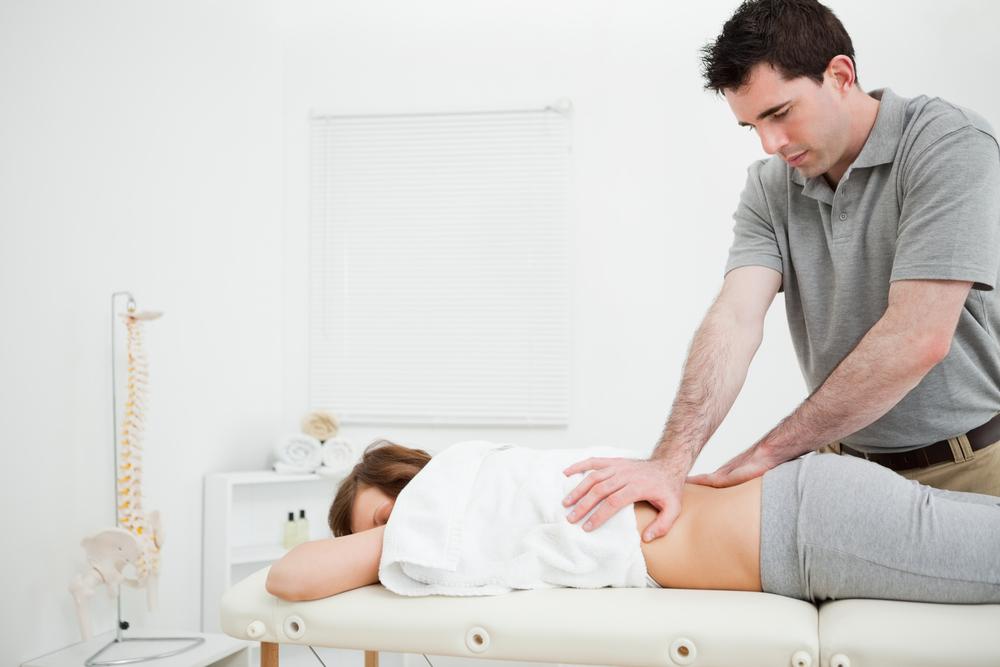
Spinal Muscular Atrophy – Signs and Treatment
Spinal muscular atrophy (SMA) is a neurological condition that affects one in every 8,000-10,000 people in the world. This condition is a result of the breakdown of nerve cells in the spinal cord and brain. This makes it difficult for a person to move their muscles independently and freely. In simple terms, the brain stops sending signals to the muscles when the person is affected by spinal muscular atrophy. This disease usually manifests in childhood. Here are some treatment options for spinal muscular atrophy that you should know about. This article also includes the signs and symptoms to look out for.
- Medications
One of the most common treatment options for spinal muscular atrophy is medications. There are two common medications that are prescribed for children diagnosed with spinal muscular atrophy. The class of medications called antisense oligonucleotides helps delay the progression of the disease and helps with better production of ribonucleic acid (RNA) which can control muscle weakness. Another type of medication that belongs to the gene therapy class is particularly for kids under the age of 2. When it comes to these medications, it is identified that the earlier these are used, the better will be the results. - Breathing assistance
Another common assistive device or treatment option for spinal muscular atrophy is the use of breathing masks or mouthpieces. For many children with spinal muscular atrophy, breathing can be a problem because of weak throat muscles. These devices help them breathe normally. One of the main symptoms to look out for in babies is the difficulty in swallowing and breathing. Children who suffer from this condition also exhibit a constant twitching of the limbs. - Therapy
This is one of the most useful and powerful treatment options for spinal muscular atrophy . Therapy, when offered the right way, can make a difference in the quality of life that the child leads. Water therapy, physiotherapy, and participating in wheelchair assisted sports can boost the mental and physical strength of patients. When it comes to physical changes, symptoms to look for in children are the delay in sitting or walking and changes in limb shapes because of muscle weakness. Floppy arms and legs should also be taken seriously and discussed with the pediatrician. - Movement assistive technologies
Another kind of assistive treatment that doctors recommend for patients is the use of physical supports such as a walker, leg braces, or even a wheelchair. All these help the patients move around and perform everyday activities. Many patients are also offered tools that help them access a computer to better their quality of life.
Spinal muscular atrophy is a disease that cannot be cured. However, it can be managed effectively with these medications and therapies. If someone you know has this disease, do share these treatment options for spinal muscular atrophy with them. Getting the right treatment at the right time can help change the life of patients and make them more independent.



